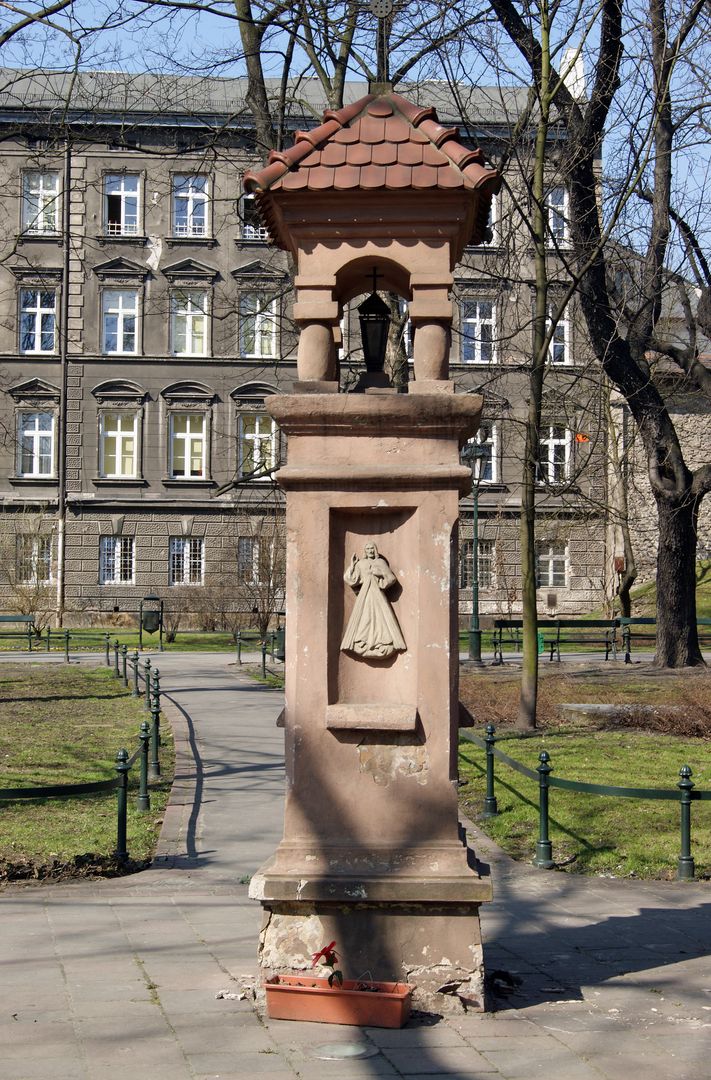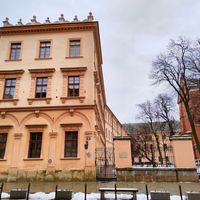Planty Park
6.39

Overview
Kraków's Planty Park is a 21-hectare urban green space encircling the Old Town, established between 1822 and 1830 on the site of demolished fortifications. The initiative for its creation came from Feliks Radwański, and after his death, the project was taken over by Florian Straszewski, who also founded a trust for its maintenance. The history of Planty is tied to the revitalization of a neglected area that had previously been used as a dumping ground. In the early years, the park was planted with trees and shrubs, and by the end of the 19th century, it had become a popular spot for walks and social gatherings.
In 1871, the Plantation Commission was established to oversee the park’s upkeep and decorations, including monuments. Planty is home to numerous historic landmarks such as the Barbican, Wawel Castle, the Philharmonic, and several churches, highlighting its architectural significance. The park also features a number of monuments, including one dedicated to Tadeusz Żeleński (Boy) and a commemorative Chopin piano.
An interesting fact is that many squares within Planty are named after famous figures, and benches with plaques dedicated to literary patrons have been installed, reinforcing Kraków's designation as a UNESCO City of Literature. The park has inspired numerous artists, further enriching its cultural importance. Through numerous changes and revitalization efforts, Planty has gained new attractions and become one of Kraków's most important recreational and cultural spaces.
Location
Tickets
Powered by GetYourGuide
You can also find here:
2025 Wizytor | All Rights Reserved




